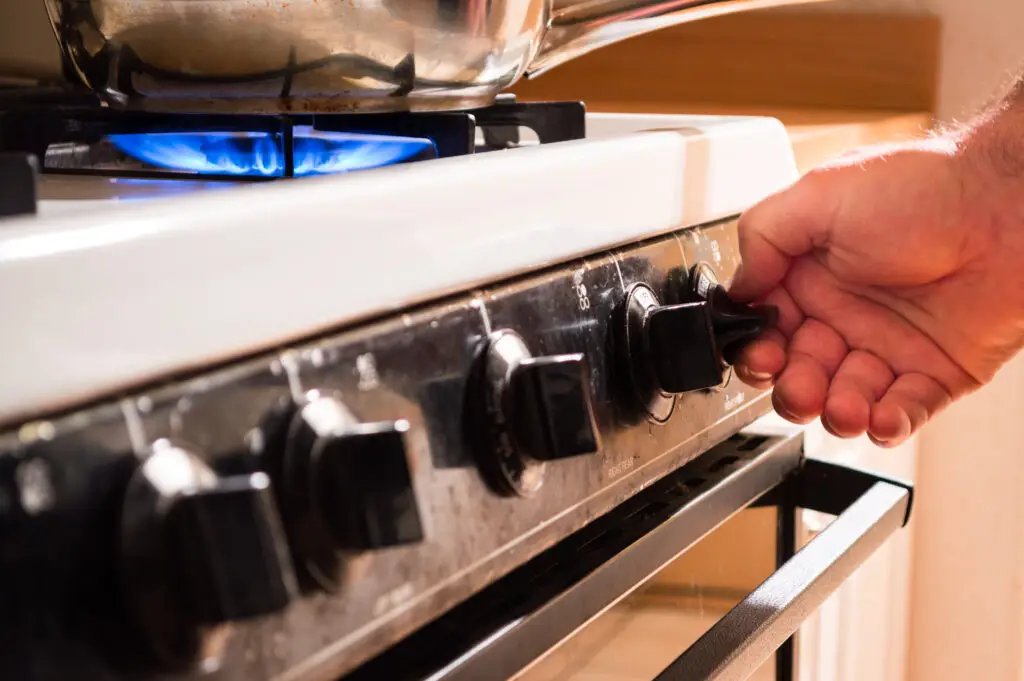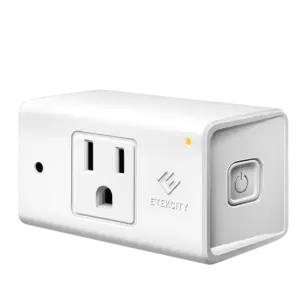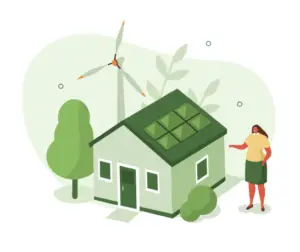Recent comments from the U.S. Consumer Product Safety Commission have ignited a fiery national debate over the way we heat our stovetops. Critics cite the concerning effects that open-flame appliances have on the climate and indoor air quality. Gas stoves can introduce climate-altering emissions into the air like carbon dioxide, methane, and nitrous oxide. Poorly ventilated or malfunctioning gas stoves are associated with pollutants that worsen respiratory problems like asthma, especially in children. Proponents of gas stoves point to their ease of use and familiarity. Gas stoves react quickly to changes in temperature, and the blue flame gives you a visual reference for how much heat you are putting into a dish. Not to mention gas can usually still be used during a power outage. While there is little to no chance that stoves fueled by propane or natural gas will ever be outright banned, what alternatives are there? How do electric stoves compare?
The venerable electric coil stoves are satisfactory as they are cheap to purchase, have no fumes, and will boil a pot of water faster than gas. They also do not directly heat the pan’s handle like flames wicking up the side of a pan tend to do (ouch). Cooking on an electric stove takes a bit of experience, as there is less of a visual to convey how much heat is going into the dish. They also have an annoying problem of holding their heat for a bit too long, leading the chef to shuffle dishes around in a game of musical pans. They are also no easier to clean than gas stoves, as you must disassemble the coil a bit to reach all the nooks and crannies.
What about flat-top electric stoves? Also, a desirable choice. They have all the advantages of electric coil stoves while also being a dream to clean (the flat glass top can be wiped down with ease), but they also hold their heat for a bit too long.
The pièce de résistance of electric cooking is the induction cooktop. A staple in European galleys for decades, the technology is quickly becoming mainstream and making its way into North American kitchens. Instead of a coil heated by electric resistance, induction cooktops heat a pan directly by inducing an alternating magnetic field in the cookware itself. Because the only thing heating up is the bottom of the pan, and because a magnetic field can be adjusted instantly, heat can be added or shed very quickly. They don’t warm up the kitchen, are incredibly efficient, are easy to clean, and some even have clever LED lighting to give you that helpful visual. Induction stoves are not perfect. They are quite expensive appliances and require pots and pans made with ferrous metals so, sadly, your stainless steel, aluminum, and glass cookware will not work (but that trusty old cast-iron skillet will sear like never before).
If you are curious about cooking with induction, the barrier of entry to try it out is actually quite low. Single-burner countertop units are available for about $100, and your home cookware can be tested for compatibility with a magnet. If a magnet sticks to the bottom, it will work with induction.
If making the plunge into induction cooking, there are now federal rebates and tax incentives available in the Inflation Reduction Act to help with the purchase of such appliances and even the wiring upgrades that may be required to install them. Contact Craighead Electric Cooperative if you have questions about selecting major appliances.





